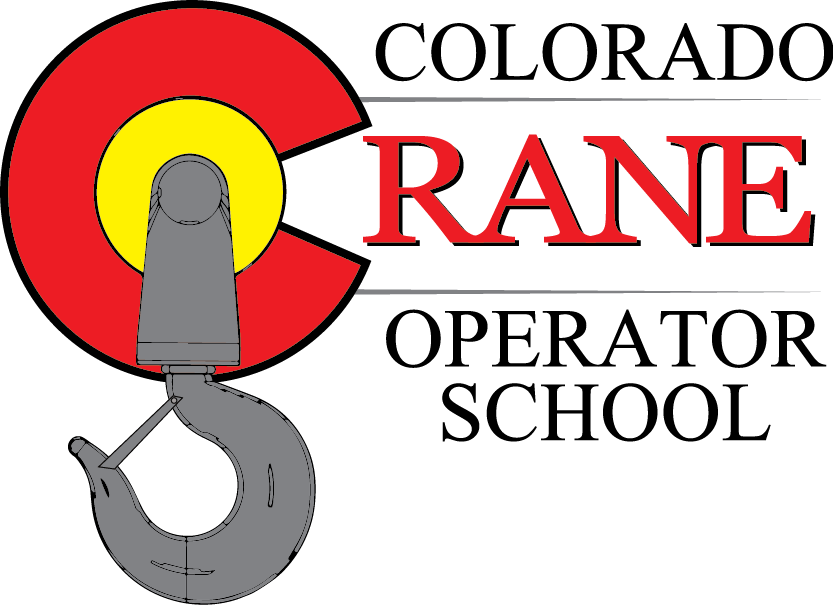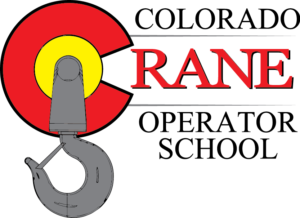I get it. We are in uncertain times with Covid-19 and what the future holds. I agree that certain expenses should be monitored so you can retain your cash flow. That very well may mean that buying that new piece of equipment could be held off for a couple more months.
However, you need to be cautious “not to step over dollars to save a dime.” Money should never be cut from safety programs. Doing so increases the risk of having a drastic financial impact in the future.
Construction is a fast-paced, production-based business. Very similar to the assembly line worker attaching the ‘widget’ to the ‘doohickey’. There is a stark difference in that other activities are buzzing around that exponentially increasing the overall risk of the job at hand. Your crew must be focused not only on making sure they get the job done right the first time, as everyone knows to do things twice cost three times, if not more, the money but they also need fully aware of what goes on around them. For this to happen, your crew needs to have the confidence and trust in their employer that they have been trained properly and safely.
It is no secret that accidents cost money but let us take a quick look at some direct impacts on operational performance and revenue:
- Employers paid $51.1 billion in 2010 — nearly $1billion per week — for direct workers compensation costs (medical plus indemnity) for the most disabling workplace injuries and illnesses.
- Each prevented lost-time injury or illness saves $37,000, and each avoided occupational fatality saves $1,390,000.
(www.nsc.orgJourney-to-Safety-Excellence-Safety-Business-Case-Executives.pdf)
Even more staggering is the indirect cost of an accident. “Another study has calculated that indirect costs outweigh direct medical costs by 2.73 to 1.10 For example if the average back injury has a direct medical cost of $25,000, the real cost of that injury may be closer to $90,000, or the equivalent of a full-time employee’s salary and benefits. Finally, in the construction industry, known for its higher risk, ratios of indirect to direct costs can vary from 4:1 to 17:1 depending on the type of incident”
(www.nsc.orgJourney-to-Safety-Excellence-Safety-Business-Case-Executives.pdf)
Here are a few more indirect cost: accident investigation and implementation of corrective measures
- Repairs of damaged equipment and property
- Training replacement employees
- Lost productivity
- Costs associated with lower employee morale and absenteeism
- Damage to reputation and potential loss of business
- Challenges in employee retention or hiring
Direct and indirect cost is only part of the equation on the benefits of investing in a safety training program. Having a crew that is well trained creates an interchangeable system with a “next man up” mentality. Imagine if everyone on the crew is a ‘Qualified Rigger and Signalperson’ then you will have confidence that the job will not slow down when your rigger calls in sick. Production will remain and you will not have lost hours. This interchangeable system also allows you to move crew around between jobs with less hassle and/or worry if the job is going to get done on time.
In today’s day of age, everyone is looking for an upgrade of some sorts. New phone. New car. New house and I can go on and on. However, what is often overlooked is that people do not invest time/energy and money on themselves on actions that will improve their bottom line over the long haul. Things get easier when you act like you will be in business for a while.
Register yourself or your employees for our next training class. If you already know which class you’d want to take, you can find the next available session on our training calendar.





